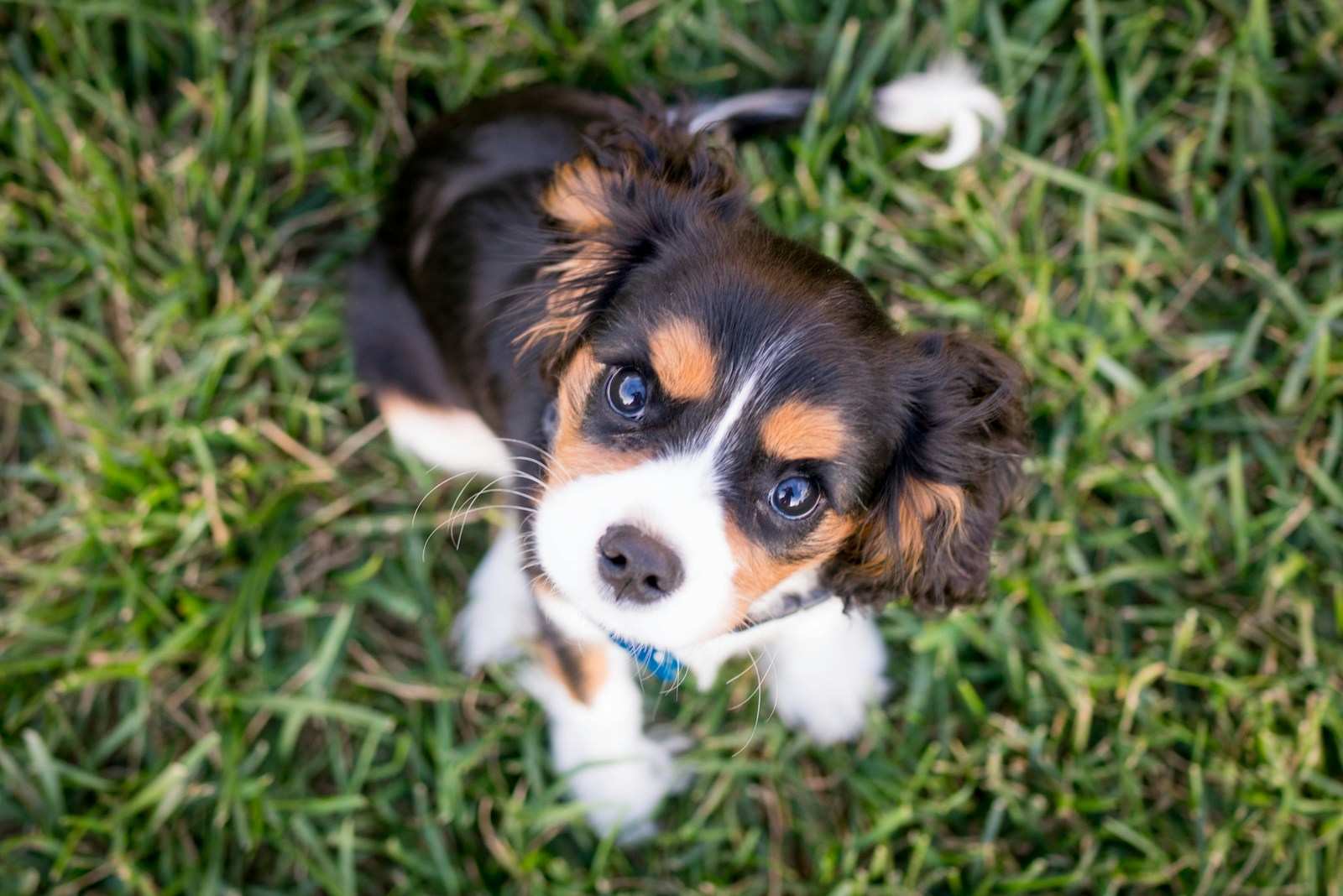Introduce your dog to a new puppy can be a rewarding experience that strengthens your bond with both animals. However, the process requires careful planning and consideration to make it successful. You want your current dog to feel secure and ensure that the new addition is welcomed into the home. Here are some steps and tips to help you with the introduction process.

First, it’s important to prepare your home before the puppy arrives. Create a safe space for your new puppy where they can retreat if they feel overwhelmed. Ensure that your current dog has access to their own designated area where they can feel comfortable. Removing any toys that either dog may be possessive over can also help avoid conflicts during their initial encounters.
Prior to the introductory meeting, it’s beneficial to take your existing dog for a walk. This helps them expend some energy and reduces excitement levels. Make sure you bring along some treats so you can reward good behavior. When you return home, keep your dog on a leash while allowing the puppy to explore the environment. This way, you can have control over your dog’s reactions if they seem overly excited or anxious.
When you finally bring the puppy into the home, aim for a neutral location if possible. Let both dogs sniff each other while still on their leashes. Initially, it’s a good idea to keep the introductions brief to prevent any overwhelming feelings. Look for positive body language, such as wagging tails and relaxed postures, as signs that they are comfortable with each other. If there are signs of aggression or fear, separate them and try again later.
Supervision is key during the first interactions. Allow them to interact under your watchful eye, gradually increasing their time together as they become more comfortable. Have plenty of treats on hand to reward both your existing dog and the new puppy for positive interactions. This will help your current dog associate the puppy with good experiences and positive feelings.
Incorporating playtime can also help facilitate the bonding process. Choose toys that are suitable for both dogs and allow them to take turns playing. If your older dog shows signs of protectiveness or possessiveness over certain toys, it’s important to intervene and redirect their attention to avoid escalating tensions.
Consistency is also key in establishing a healthy relationship between your dog and the new puppy. Maintain your dog’s routine as closely as possible, providing their regular meals, exercise, and affection. This will minimize feelings of jealousy and competition. Gradually integrate the new puppy into your routine so both dogs can feel equally loved and secure.
Lastly, be patient. Building a friendship between your existing dog and the new puppy may take time. With consistent effort and a calm approach, both can learn to coexist and eventually become companions. Celebrate every small victory as they get accustomed to each other, and soon enough, you will witness their bond flourish.
Leave a Reply